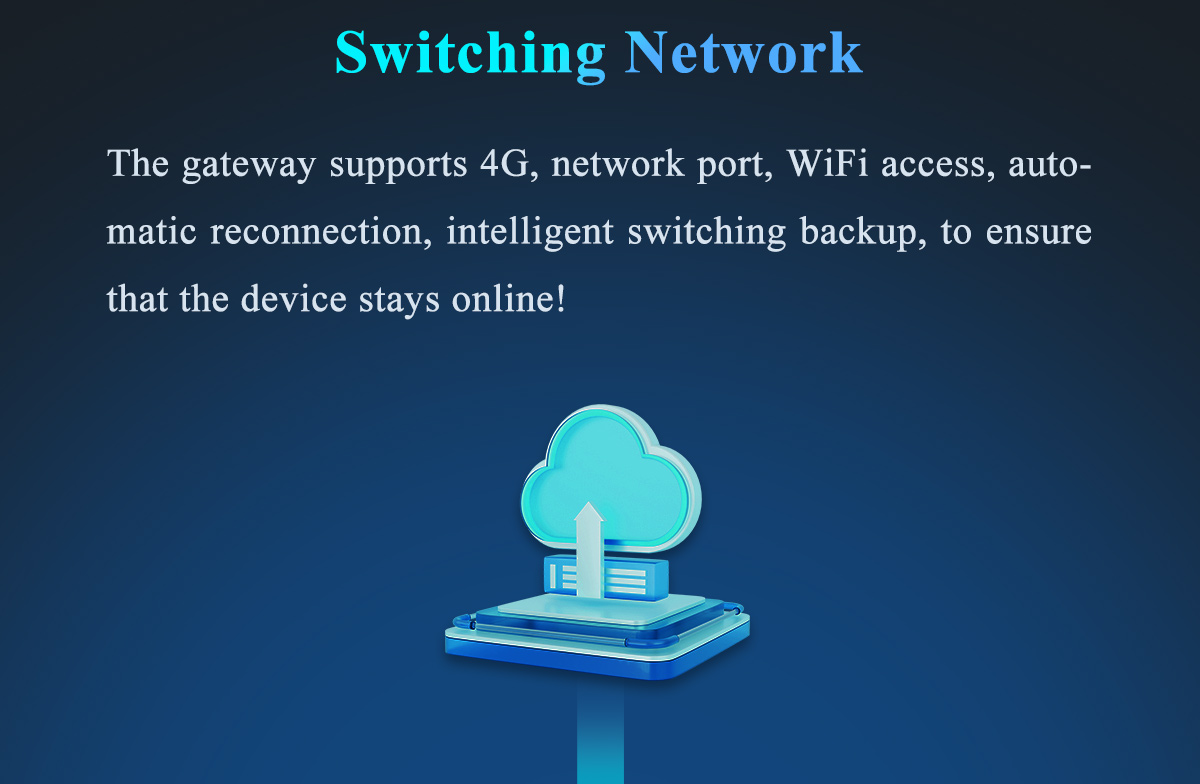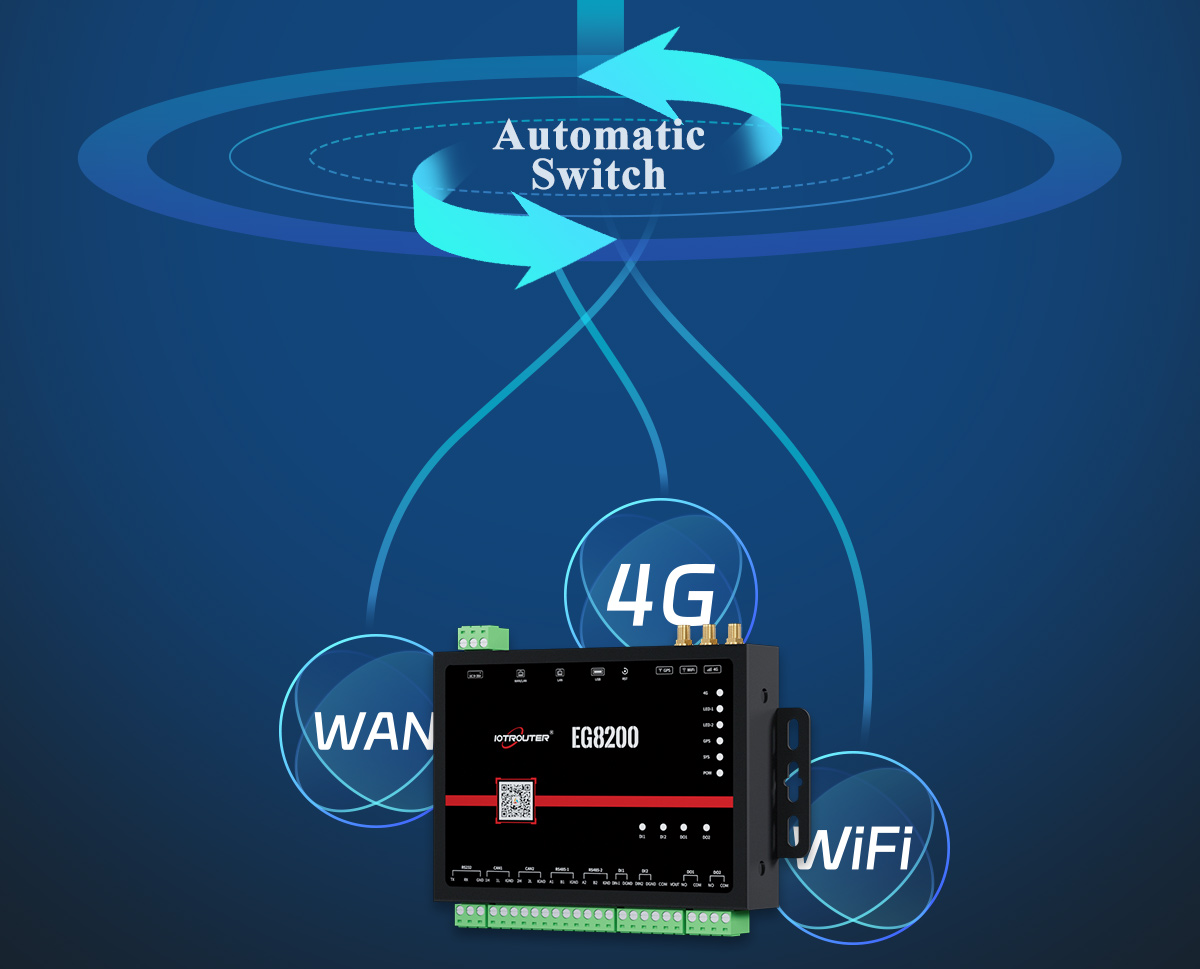With the rapid development of Internet of Things (IoT) technology, there are more and more types of IoT devices and more diverse application scenarios. Therefore, choosing the right network connection method has become a critical issue. In this article, we will discuss with you the common network connection methods for IoT devices to help readers better understand and choose.

1. Wi-Fi connection
Wi-Fi connection is one of the most common network connection methods for IoT devices due to its wide range of applications and high data transfer rate. By accessing the Wi-Fi network in your home or office, devices can quickly exchange data and be controlled remotely. However, Wi-Fi connection has limited coverage and relatively high power consumption, which limits its application in certain scenarios to some extent.
2. Bluetooth connectivity
Bluetooth connectivity is particularly suitable for short-range communication, such as smart home devices, health monitoring devices, etc. Its low power consumption makes Bluetooth ideal for battery-powered devices. Although Bluetooth connectivity has a low data transfer rate, it allows for more flexible and efficient data transfer when paired with Wi-Fi or mobile networks.
3. Mobile network connectivity
Mobile network connectivity, especially 4G and 5G technologies, provides IoT devices with wide area coverage and high speed data transfer. This allows IoT devices to realize real-time data transmission and remote control over a wider range. the low latency characteristics of 5G networks are particularly suitable for applications that require high real-time performance, such as autonomous driving and telemedicine.


4. Ethernet connectivity
In industrial IoT devices, Ethernet connections are widely used for their stability and high speed. Accessing the network through physical lines, Ethernet connections provide reliable data transmission, which is crucial in industrial production environments. However, the limitation of Ethernet connectivity is that it requires the support of physical lines, which limits the flexibility of its application to some extent.
5. LPWAN connectivity
LPWAN (Low Power Wide Area Network) connectivity technologies such as LoRa, NB-IoT, Sigfox, etc. are designed for long range, low power IoT devices. These technologies enable devices to communicate over a wide area while maintaining extremely low power consumption. LPWAN technology has a wide range of applications in areas such as environmental monitoring and smart agriculture.
6. Zigbee and Z-Wave connectivity
Zigbee and Z-Wave are two common low-power, short-range communication technologies commonly used in home automation devices. They are low-cost and easy to deploy, and are suitable for building IoT networks within the home. Zigbee supports more nodes and longer communication distances, while Z-Wave focuses on more stable home network coverage.
7. NFC connectivity
NFC (Near Field Communication) technology is suitable for short-distance data exchange, such as payment, identity verification, etc. NFC technology is commonly used in smartphones, transportation cards and other devices, and its simple and secure data exchange makes it irreplaceable advantages in specific scenarios.
Em suma, the network connection methods of IoT devices include WIFI, Bluetooth, mobile network, Ethernet, LPWAN, Zigbee, NFC and other methods. With the continuous development of IoT technology, more suitable network connection methods for IoT devices may appear in the future, providing richer choices for IoT applications.